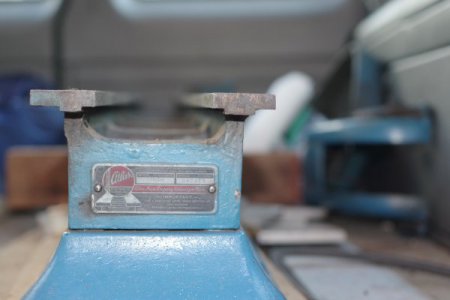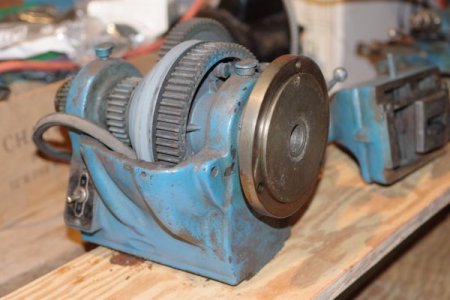- Joined
- Dec 3, 2017
- Messages
- 1,909
The date plate is on the right end. Unfortunately, there is no evidence of a number being stamped into the way as has been described. I've got two Atlas beds and haven't been able to find the number in that location on either. Possibly it's me, but the description seems simple enough to believe I'm looking in the right spot. And just in case I'm not, I've been over every square inch of unpainted metal and found only one mark. Someone, at some point, punched an & symbol into the end of the front way.Is the data plate on the rear or the right end of the bed?
As for the paint: I had what I'd consider very good success with this hard plastic scraping device that is sold at Wal Mart for cleaning pans with baked on food remnants. I don' t think the repaint was done correctly, and there's lots of flaking. So it just took high point force with a non sharp, non marring tool to get it to break out, and flake off. My daughter is pretty talented with the old paintbrushes, so she's been commissioned to refresh the logo.
Thank you very much for the information, and the recommendations. I've found the correct MOLO and have read the section regarding babbitt bearings. I'll have it ready at hand when I get to that point with this machine. Just for clarity, are you saying this is most likely a lathe built in 1936-37?



